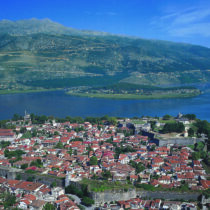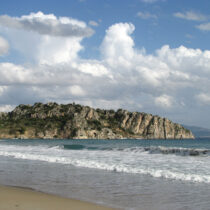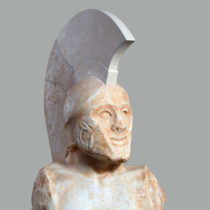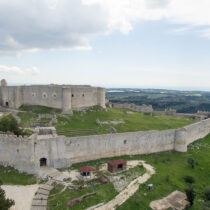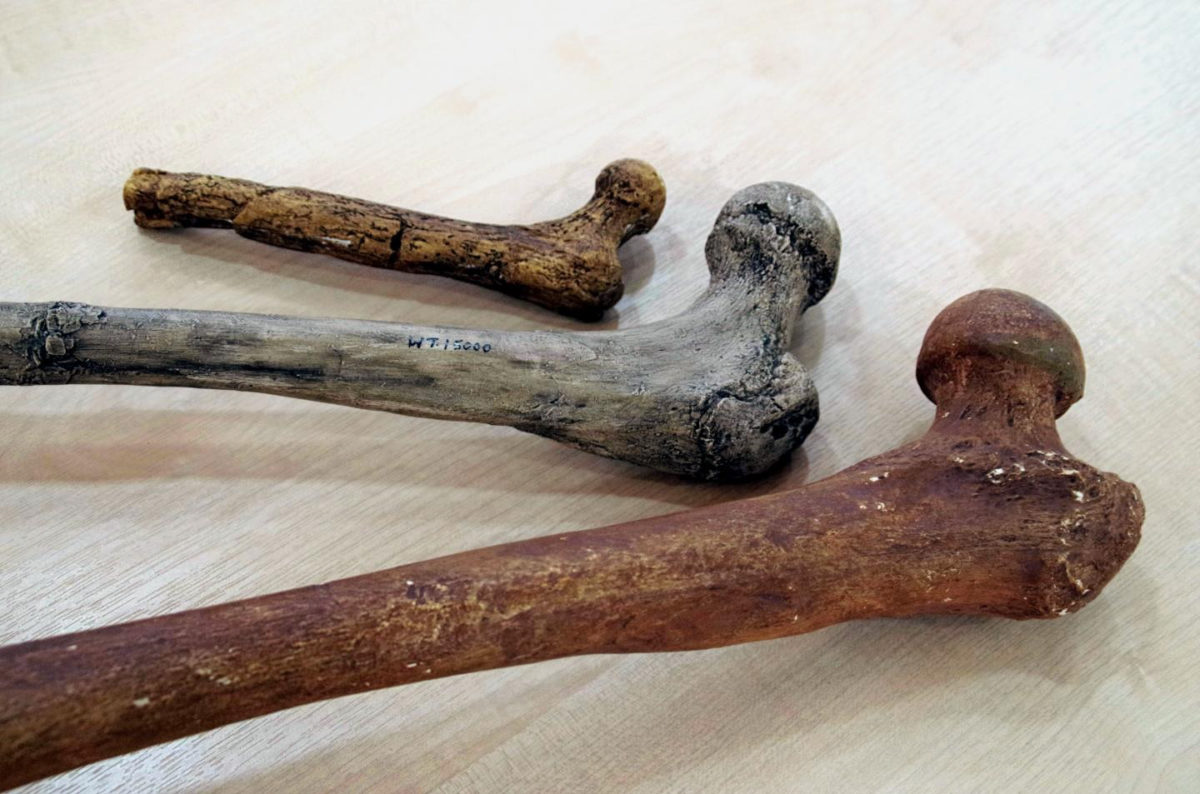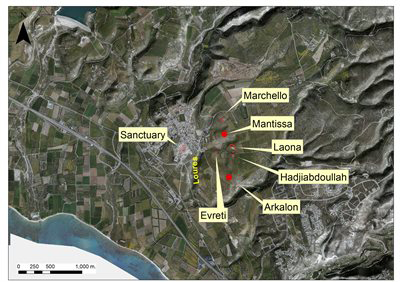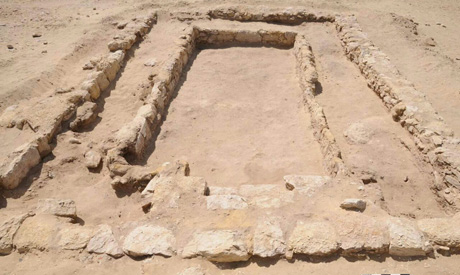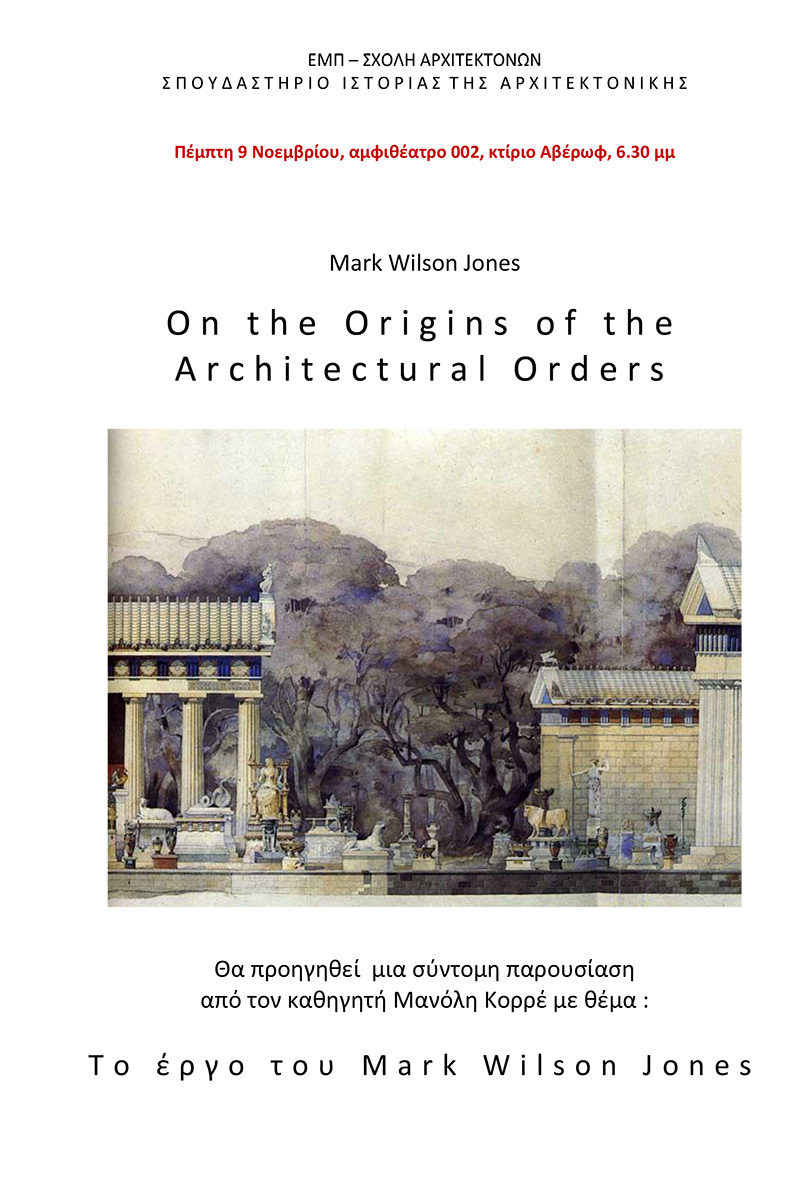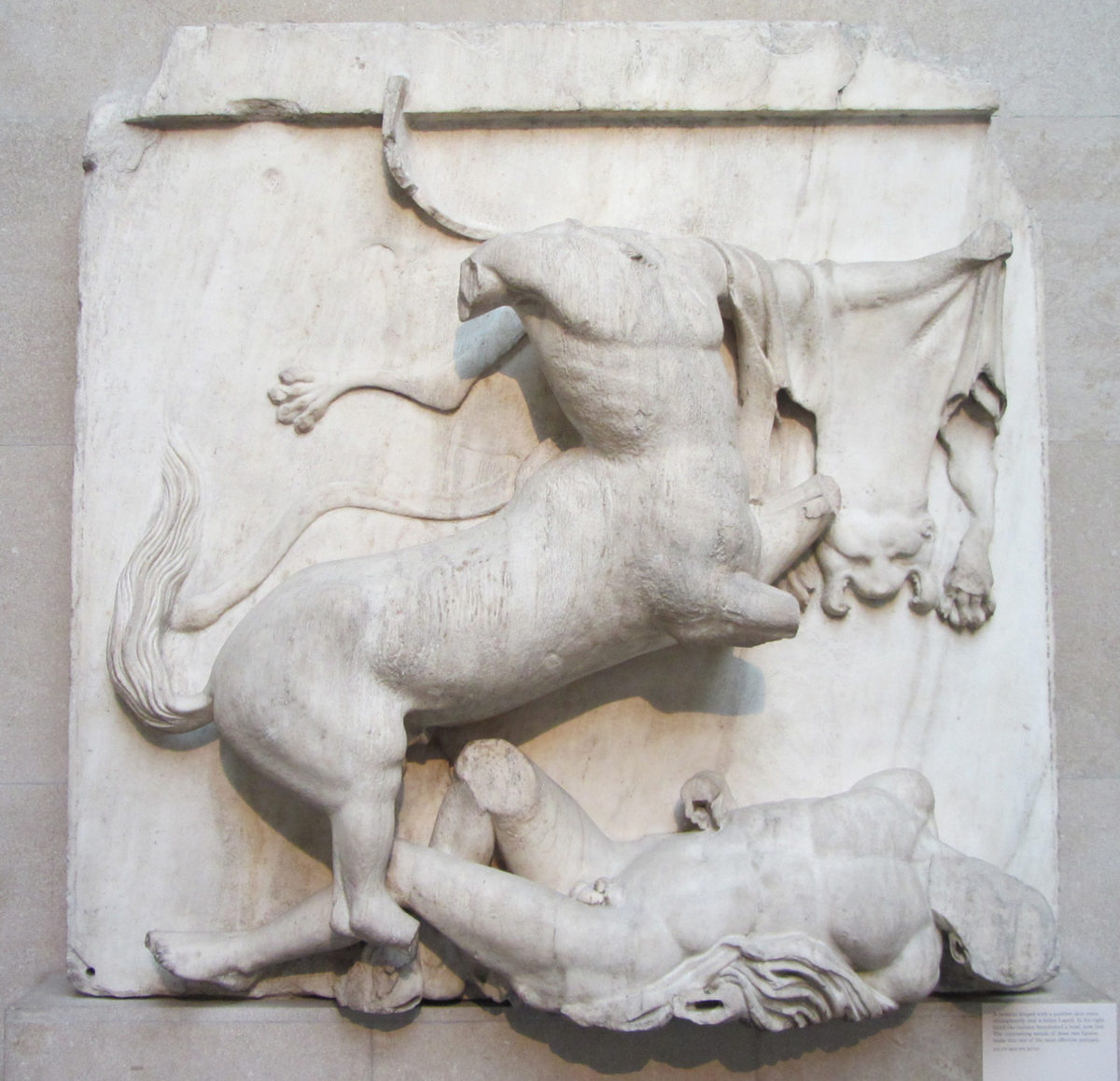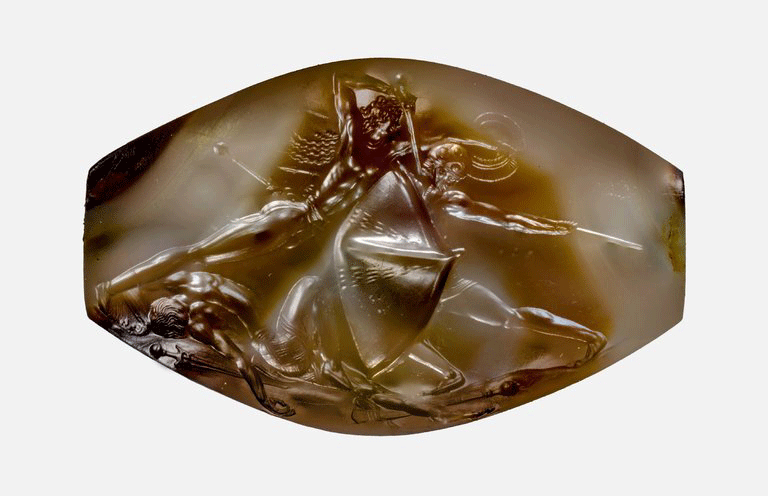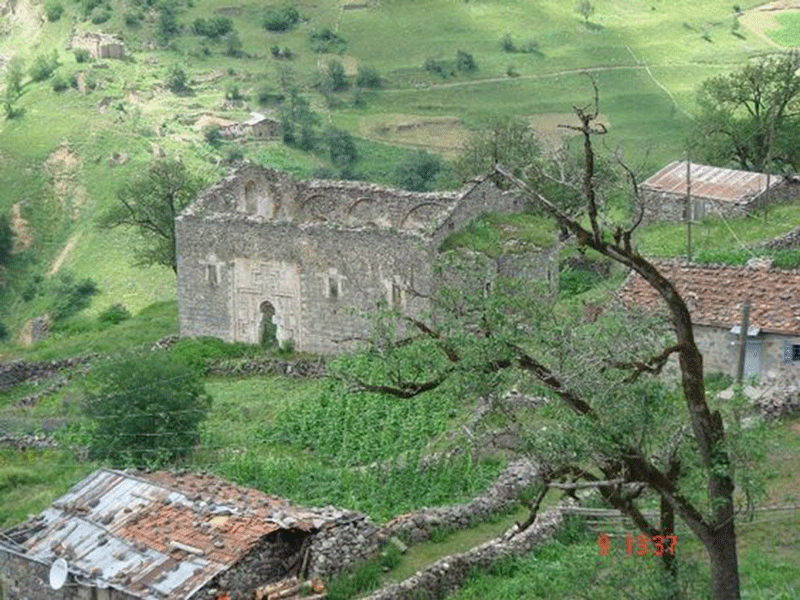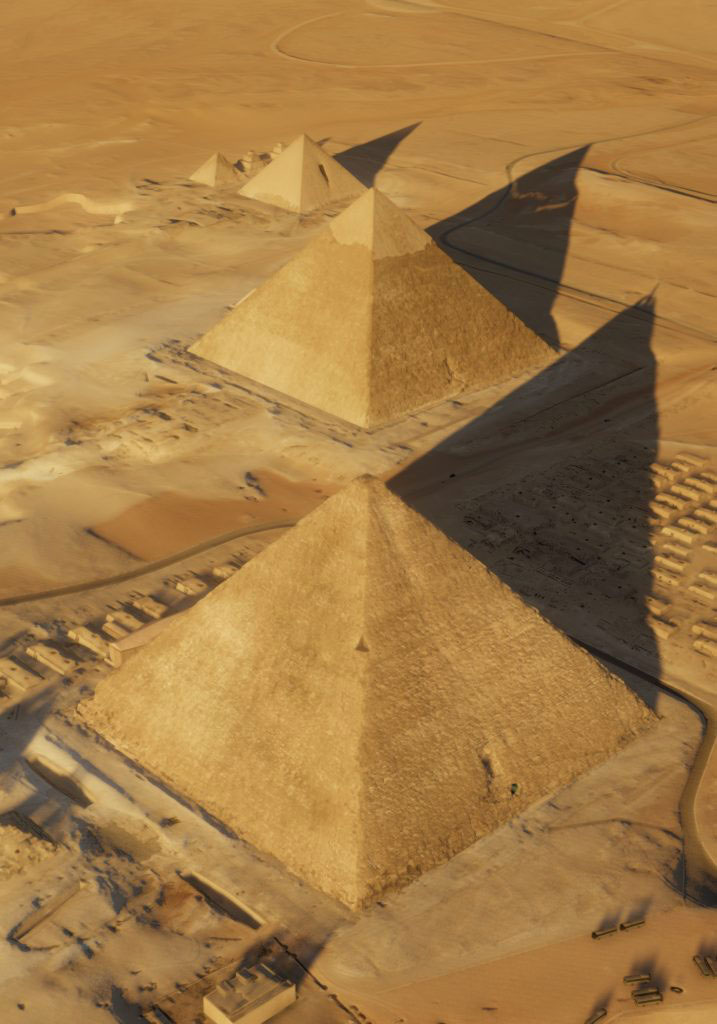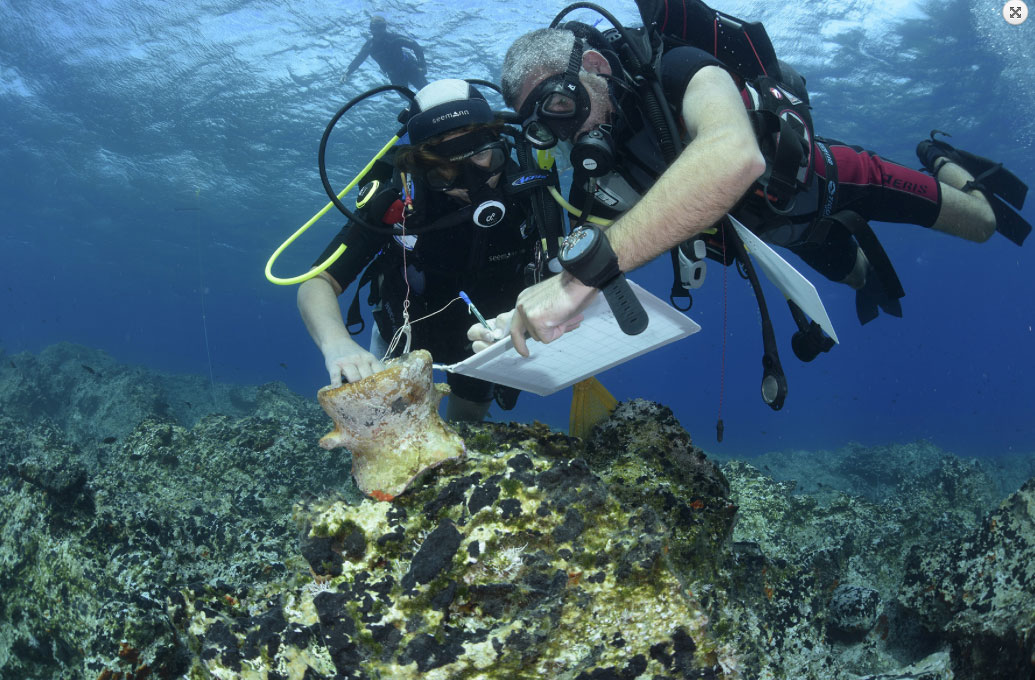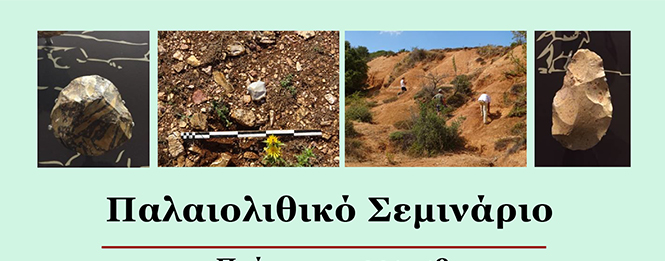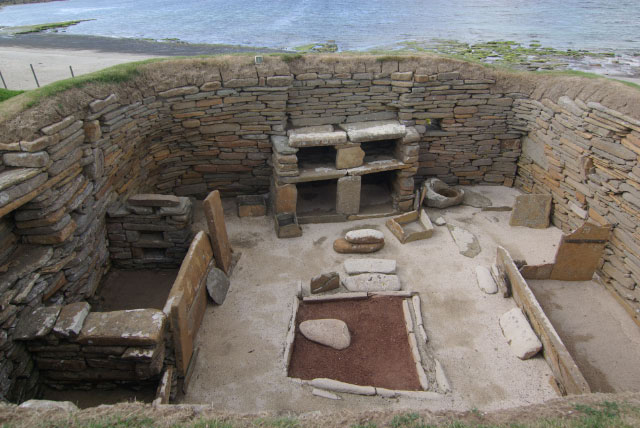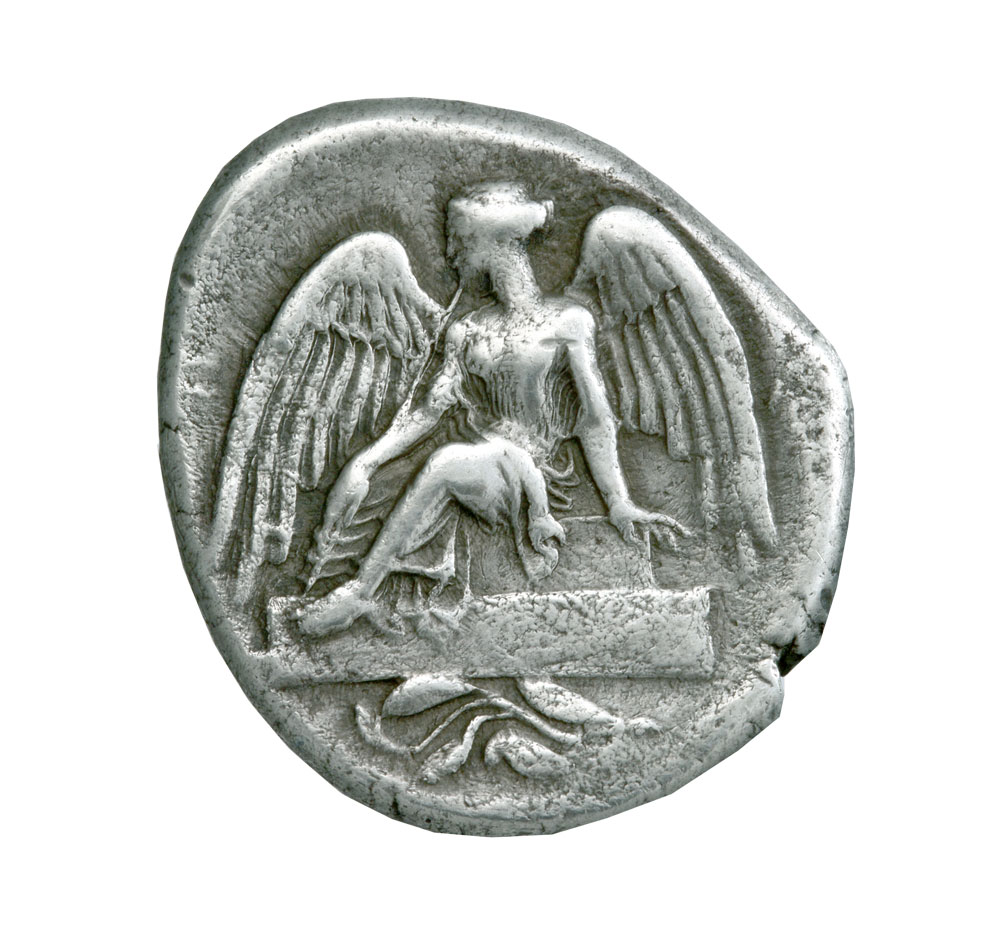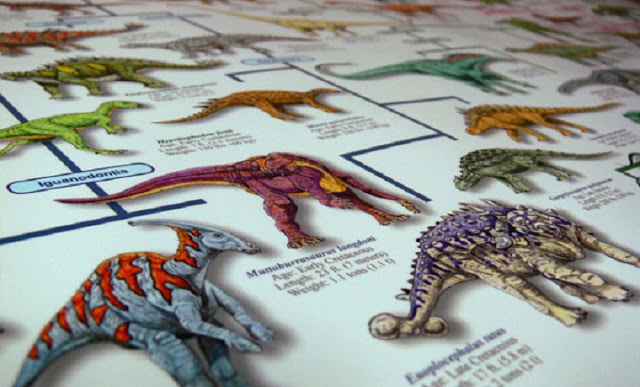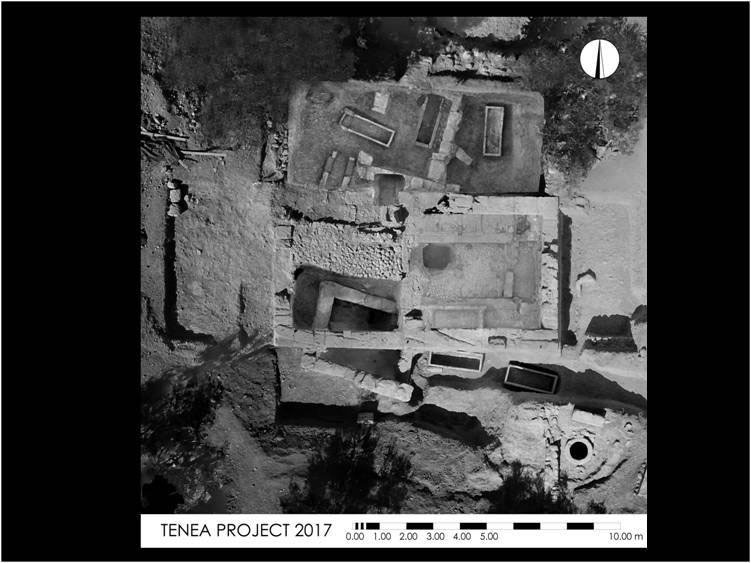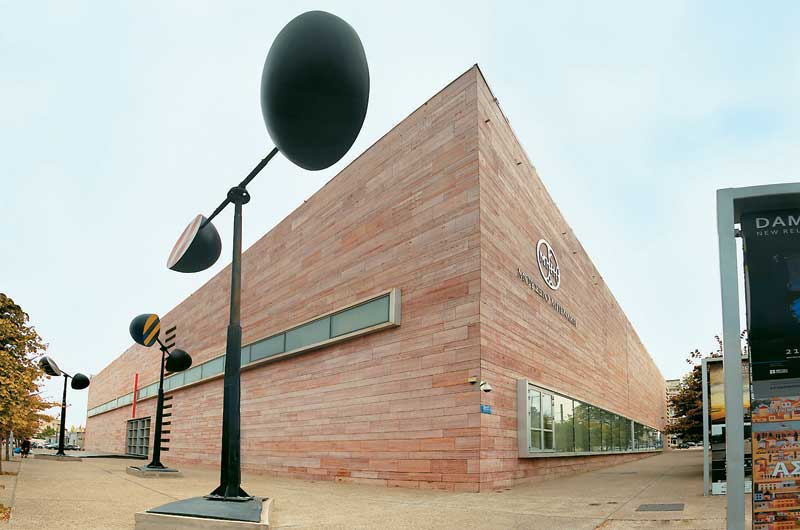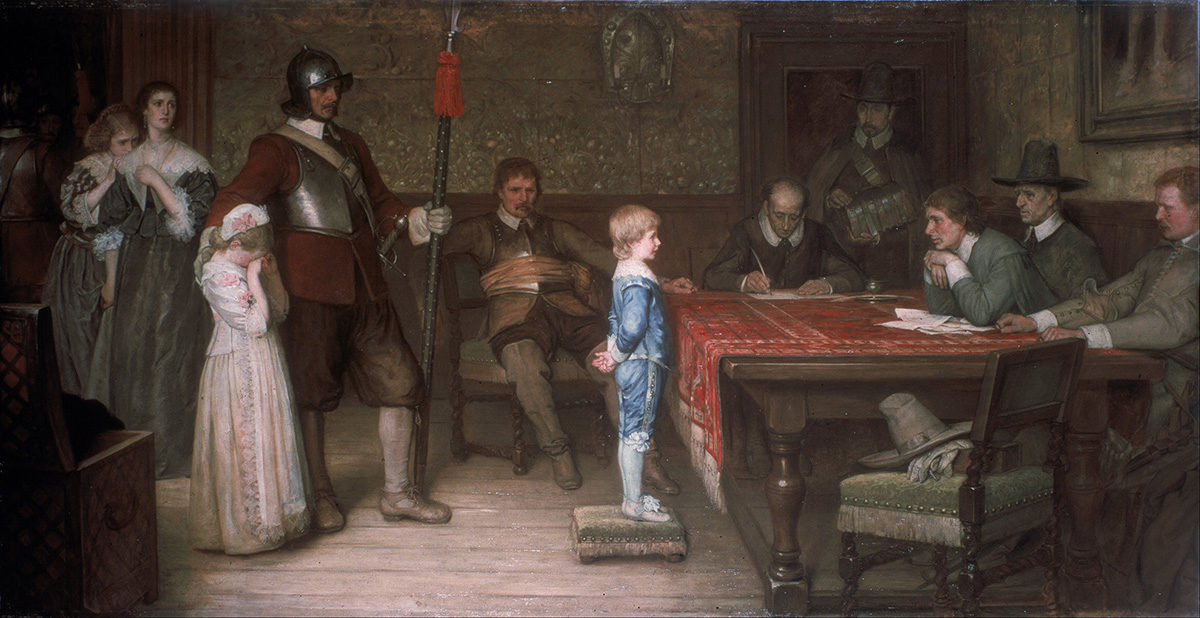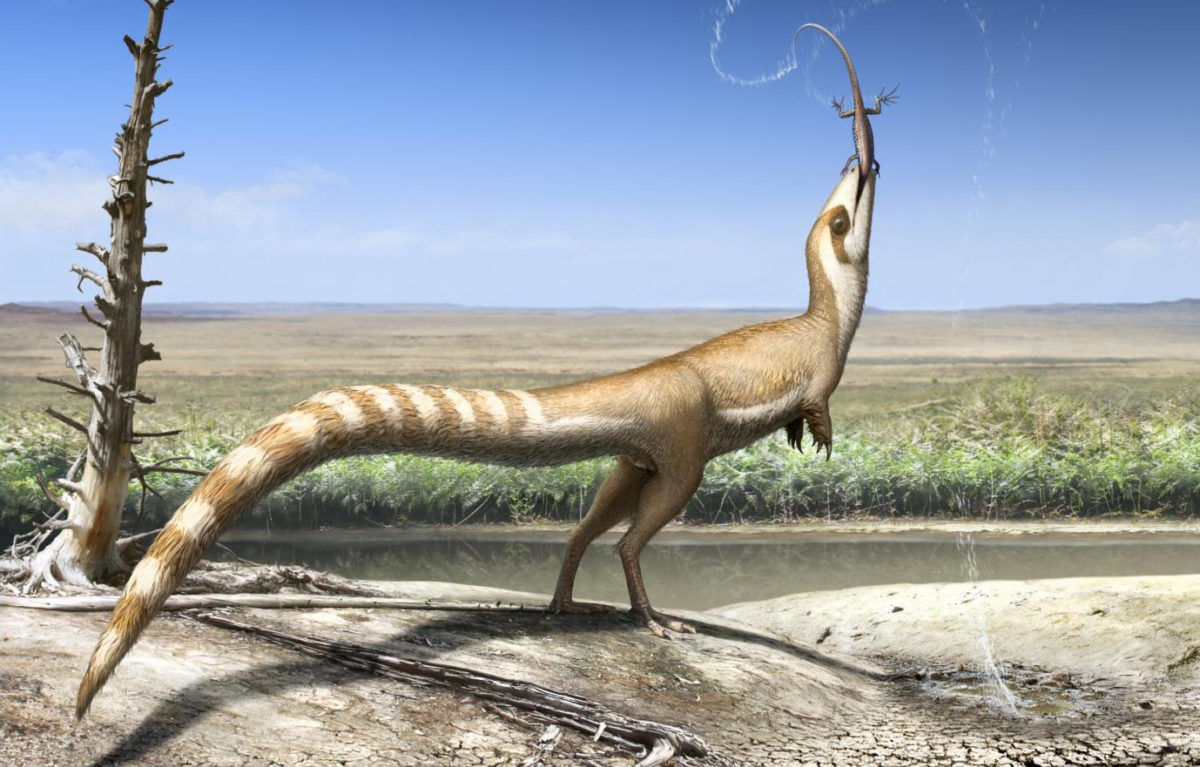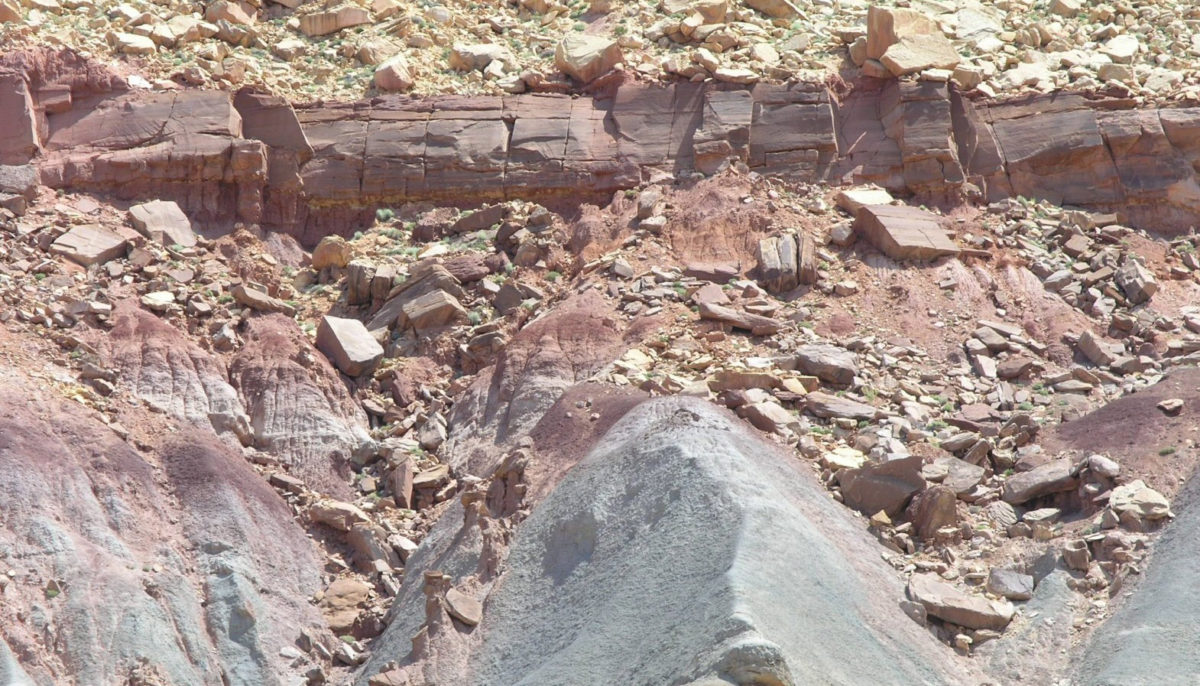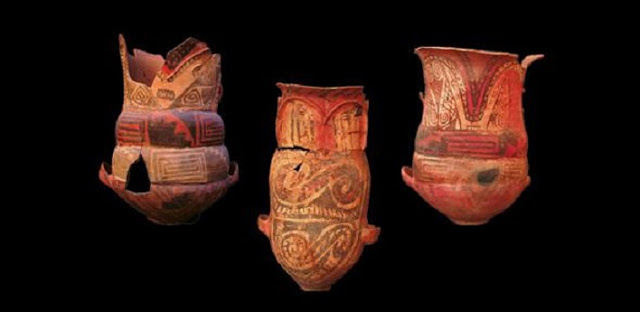Height and weight evolved at different speeds in the bodies of our ancestors
A wide-ranging new study of fossils spanning over four million years suggests that stature and body mass advanced at different speeds during the evolution of hominins – the ancestral lineage of which Homo sapiens alone still exist.
“Van Gogh Alive” – High technology at the service of art
It is “a unique presentation of all the works of Vincent Van Gogh in one go, something that is unprecedented” say its organizers.
Political economy, state formation and urbanism in the land of Ancient Paphos
Professor Maria Iacovou (University of Cyprus) presents: "Political economy, state formation and urbanism in the land of Ancient Paphos".
Gymnasium found in Philoteris
A German-Egyptian archaeological mission from the German Archaeological Institute (DAI), headed by Prof. Dr. Cornelia Römer, discovered the first Hellenistic gymnasium ever found in Egypt on the site of Watfa, 5 km east of Qasr Qaroun in the north-western Fayum.
250 works of art from the Gurlitt collection to be exhibited in a German museum
The works that most probably belonged to Jews and were confiscated by the Nazi armies are being exhibited in the Bundeskunsthalle in Bonn.
Fantastic Beasts and Where to Find Them in Antiquity
Conference organized at the Université catholique de Louvain (Belgium) by the Synoikismos Seminar and the Centre d'Étude des Mondes Antiques.
Miniature seal stone from the Griffin Warrior grave astonishes archaeologists
Archaeologists present a miniature seal stone with a combat representation of remarkable detail from the Griffin Warrior grave in Pylos, Greece.
Historical site in Turkey is left to crumble away
A historical site in Turkey, the 17th century Greek city Argyropolis, at the Gumushane Black Sea province has been left to crumble the last 50 years.
Reactions are caused by the “discovery” of a large void inside the Cheops pyramid
The Egyptian archaeologist who oversees the studies states that, like others, the existence of this void in the Great Pyramid was known.
Important finds from the underwater survey on the south coast of Naxos
The programme’s basic aim is to record and map the anchoring sites from Ancient and Byzantine times.
Red ochre use and Homo sapiens speciation: A southern African perspective
Palaeolithic Seminar by Ian Watts.
Researchers look for dawn of human information sharing
Anthropologists challenge a widely accepted notion that cultural transmission goes back more than 2 million years.
Could the Neolithic Revolution offer evidence of best ways to adapt to climate change?
Human behaviour during the last intense period of global warming might offer an insight into how best to adapt to current climate change, a study suggests.
MONEY. Tangible symbols in ancient Greece
The Museum of Cycladic Art and the Alpha Bank Numismatic Collection, in their first ever collaboration, are organising a major exhibition entitled “MONEY. Tangible symbols in ancient Greece”.
Systematic research at Ancient Alasarna on Kos
A two day conference was very successfully realized on Kos, during which 15 presentations were made of the results of over thirty years systematic research in the region.
Time to rewrite the dinosaur textbooks? Not quite yet!
The classification of the dinosaurs might seem to be too obscure to excite anyone but the specialists.
Excavations at Ancient Tenea have been completed
The excavation trenches were centered mainly round the two-roomed Roman monument built above ground and uncovered in 2016, confirming the place’s timeless use from the Archaic to the Roman era.
Museums as agents of change
The conference “Museums as Agents of Change: Diversity, Accesibility and Inclusion” will take place at the Benaki Museum, on Thursday, November 30, 2017,
Face of 18th century “witch” reconstructed by scientists
Forensic scientists have reconstructed the face of a woman persecuted for witchcraft over 300 years ago.
2018 Society for the Study of Childhood in the Past Conference in Vienna
The main conference theme is: Pregnancy, birth, early infancy and childhood: life’s greatest transitions in the past.
‘Bandit-masked’ feathered dinosaur hid from predators using multiple types of camouflage
Researchers from the University of Bristol have revealed how a small feathered dinosaur used its colour patterning, including a bandit mask-like stripe across its eyes, to avoid being detected by its predators and prey.
Late Triassic terrestrial ecosystem changes
New pollen and spore data from the Chinle Formation at the Petrified Forest National Park, Arizona, suggest that a extinction of plants occurred between 213 and 217 million years ago.
Pre-Inca elites and the social life of fragments
Objects unearthed in the Andes tell new stories of societies lacking hierarchical leadership in the time before the Inca Empire.
